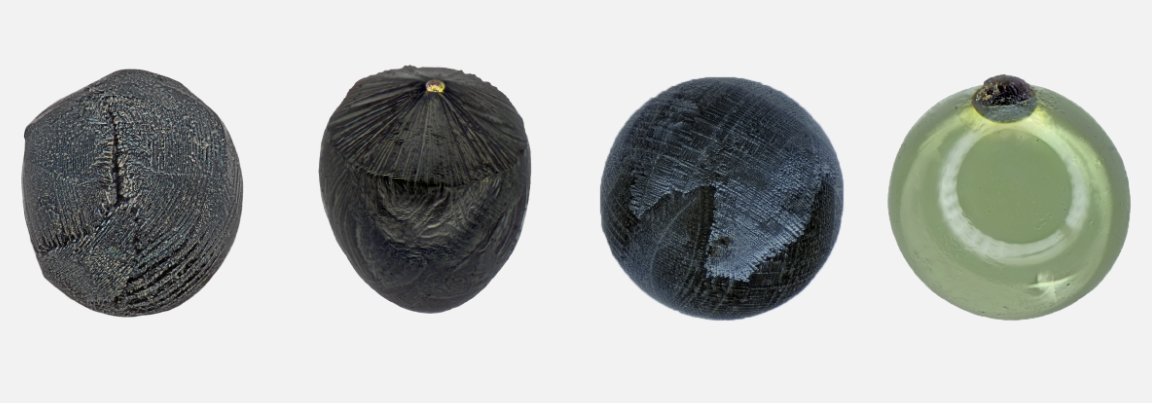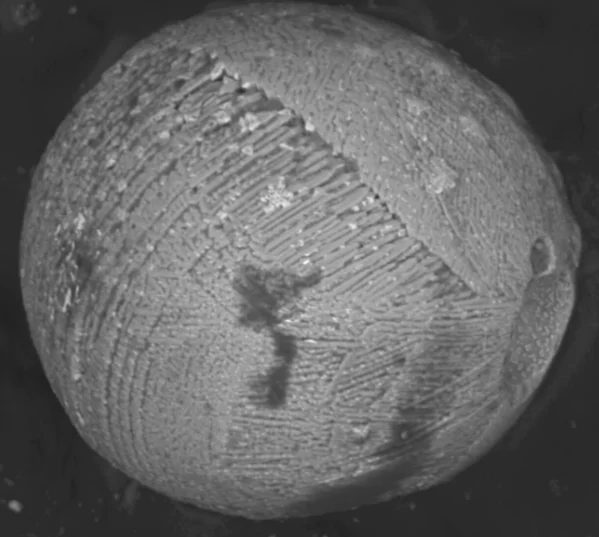A small team of scientists has found specks of cosmic dust on the rooftops of Paris, Berlin and Oslo. Dr. Matthew Genge from Imperial College London and Jon Larsen, an amateur scientist from Norway, within the Project Stardust, sifted through 300 kg (661 pounds) of sediment only to find particles from space.
Cosmic dust consists of tiny, around 0.01 mm in size left-over particles from the formation of our Solar System. They are also known by the name micrometeorites. The space dust has been falling to Earth since it was formed billions of year ago, but it is not easy to unearth these little particles and detect them among the millions of terrestrial dust particles. Mostly, it is collected in the most dust-free environments such as the Antarctic or deep oceans. So, this is the very first time that researchers have confirmed the discovery of these tiny particles in urban environments.
In 2011, Larsen contacted Dr. Genge to say he believed that space dust was possible to find in the urban areas and cities. At first, Dr. Genge was skeptical and dubious. “Many people had reported finding cosmic dust in urban areas before, but when they were analyzed scientists found that these particles were all industrial in origin”, he says. But, he eventually accepted his proposal. “The obvious advantage to this new approach is that it is much easier to source cosmic dust particles if they are in our backyards.”
In the study published in the journal Geology, the team reported the results of their project, explaining how they found the samples and separated them from terrestrial dust, what they looked like and what they might show the origins of the solar system.
First, they collected the dirt from the rooftops and rain gutters. Since the micrometeorites consist of minerals which make grains magnetic, the magnets were used to isolate them under the microscope. The result was about 500 samples found and identified.
The discovery showed that particles were larger than the ones previously recovered, at around 0.3 mm. The researchers suggest that arriving of the space dust has changed over the last million years. Dr. Genge assumes that the difference in particle size results from the changes of orbits of planets. He explains that Mars and the Earth change their orbits slightly, which causes a disturbance in the gravity and therefore influences the trajectory of these tiny particles when they enter the atmosphere.
According to researchers’ report, the cosmic dust found in the cities has fewer feather-like crystals than old cosmic dust from Antarctica, but it is quite similar to cosmic dust that fell on Earth during medieval times.
The scientists believe this discovery could explain them how the early solar system has evolved. “This find is important because if we are to look at fossil cosmic dust collected from ancient rocks to reconstruct a geological history of our solar system, then we need to understand how this dust is changed by the continuous pull of the planets”, Dr. Genge added.




